Flat rice noodles, also known as ho fun or pho noodles, are an essential ingredient in various Asian cuisines. From the vibrant streets of Thailand to the bustling noodle shops of Vietnam, these wide, smooth strands of rice noodles bring a unique taste and texture to countless dishes. In this article, we delve into the fascinating journey and versatility of flat rice noodles, exploring their origin, production process, and the diverse range of culinary delights they contribute to. 1. Origin and Cultural Significance: Flat rice noodles have a rich history that dates back centuries. Originating in Southern China, these noodles quickly spread across Asia, becoming an integral part of many local cuisines. They gained prominence in Thai, Vietnamese, and Malaysian cuisines, where they are widely recognized as a staple food.
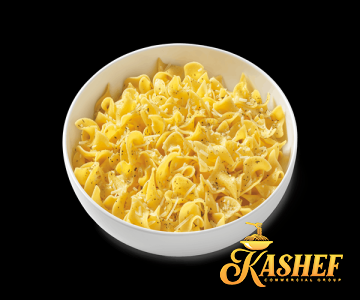
.
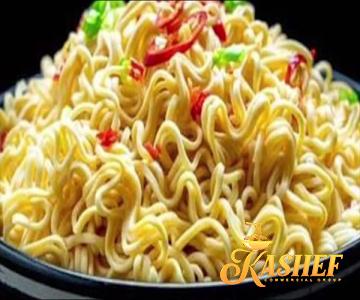 Today, flat rice noodles are loved and enjoyed by people all around the world, offering a taste of authentic Asian flavors. 2. Production Process: Flat rice noodles are made from rice flour, water, and sometimes tapioca starch for added elasticity. The production process involves soaking rice grains, milling them into flour, and mixing it with water to form a smooth batter. The batter is then poured onto large flat pans or steamers and cooked until it solidifies into a thin, translucent sheet. After cooling, the sheet is cut into wide strips, resulting in the distinctive flat rice noodles we know and love. 3. Culinary Versatility: The versatility of flat rice noodles is unparalleled. They effortlessly adapt to various cooking methods, absorbing flavors and complementing a wide range of ingredients.
Today, flat rice noodles are loved and enjoyed by people all around the world, offering a taste of authentic Asian flavors. 2. Production Process: Flat rice noodles are made from rice flour, water, and sometimes tapioca starch for added elasticity. The production process involves soaking rice grains, milling them into flour, and mixing it with water to form a smooth batter. The batter is then poured onto large flat pans or steamers and cooked until it solidifies into a thin, translucent sheet. After cooling, the sheet is cut into wide strips, resulting in the distinctive flat rice noodles we know and love. 3. Culinary Versatility: The versatility of flat rice noodles is unparalleled. They effortlessly adapt to various cooking methods, absorbing flavors and complementing a wide range of ingredients.
..
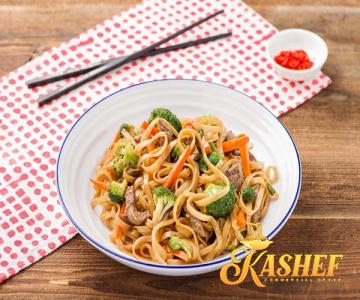 From stir-fries to soups and salads, these noodles are a canvas for creativity. In Thai cuisine, they are often used to prepare the iconic Pad Thai, stir-fried with vegetables, protein, and a harmonious blend of sauces. In Vietnamese cuisine, flat rice noodles are the primary component of pho, a beloved soup made with rich broth, herbs, and meat or tofu. The silky texture of these noodles adds an element of satisfaction to these dishes. 4. Health Benefits: Flat rice noodles offer a healthier alternative to wheat-based noodles. They are naturally gluten-free, making them suitable for individuals with dietary restrictions or gluten sensitivities. Moreover, rice noodles are low in fat and cholesterol-free, making them a guilt-free choice for those aiming to maintain a balanced diet. Incorporating flat rice noodles into your meal repertoire can provide a nutritious and wholesome experience, ensuring your taste buds and health are both satisfied. 5. Cooking Tips and Suggestions: Cooking flat rice noodles requires a gentle touch to maintain their delicate texture. Below are some pro tips to achieve the perfect result: – Soak the noodles in hot water for a few minutes until they soften.
From stir-fries to soups and salads, these noodles are a canvas for creativity. In Thai cuisine, they are often used to prepare the iconic Pad Thai, stir-fried with vegetables, protein, and a harmonious blend of sauces. In Vietnamese cuisine, flat rice noodles are the primary component of pho, a beloved soup made with rich broth, herbs, and meat or tofu. The silky texture of these noodles adds an element of satisfaction to these dishes. 4. Health Benefits: Flat rice noodles offer a healthier alternative to wheat-based noodles. They are naturally gluten-free, making them suitable for individuals with dietary restrictions or gluten sensitivities. Moreover, rice noodles are low in fat and cholesterol-free, making them a guilt-free choice for those aiming to maintain a balanced diet. Incorporating flat rice noodles into your meal repertoire can provide a nutritious and wholesome experience, ensuring your taste buds and health are both satisfied. 5. Cooking Tips and Suggestions: Cooking flat rice noodles requires a gentle touch to maintain their delicate texture. Below are some pro tips to achieve the perfect result: – Soak the noodles in hot water for a few minutes until they soften.
…
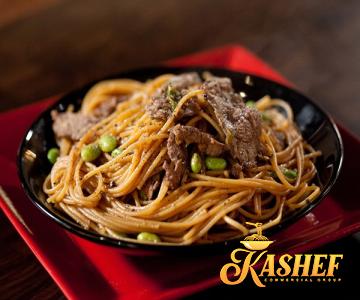 Avoid over-soaking, as they can become too soft and lose their chewiness. – Once softened, drain the noodles and rinse them under cold water to prevent sticking. – When stir-frying, introduce the noodles towards the end to avoid overcooking, ensuring they retain their shape and texture. – Experiment with various sauces, spices, and vegetables to create your own personal twist on classic noodle dishes. Conclusion: Flat rice noodles captivate taste buds with their soft, silky texture and ability to absorb rich flavors. Whether you’re a fan of Thai, Vietnamese, or Malaysian cuisine or simply exploring new culinary frontiers, incorporating these noodles into your meals is sure to enhance your dining experience. Their versatility, cultural significance, health benefits, and ease of cooking make flat rice noodles a delightful addition to any kitchen. So, embrace the allure of these enchanting noodles and embark on a gastronomic journey sure to satisfy even the most discerning palate.
Avoid over-soaking, as they can become too soft and lose their chewiness. – Once softened, drain the noodles and rinse them under cold water to prevent sticking. – When stir-frying, introduce the noodles towards the end to avoid overcooking, ensuring they retain their shape and texture. – Experiment with various sauces, spices, and vegetables to create your own personal twist on classic noodle dishes. Conclusion: Flat rice noodles captivate taste buds with their soft, silky texture and ability to absorb rich flavors. Whether you’re a fan of Thai, Vietnamese, or Malaysian cuisine or simply exploring new culinary frontiers, incorporating these noodles into your meals is sure to enhance your dining experience. Their versatility, cultural significance, health benefits, and ease of cooking make flat rice noodles a delightful addition to any kitchen. So, embrace the allure of these enchanting noodles and embark on a gastronomic journey sure to satisfy even the most discerning palate.
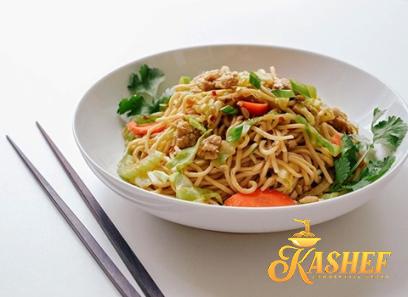
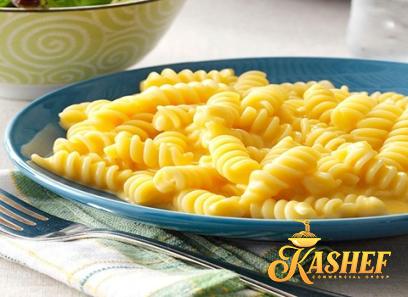

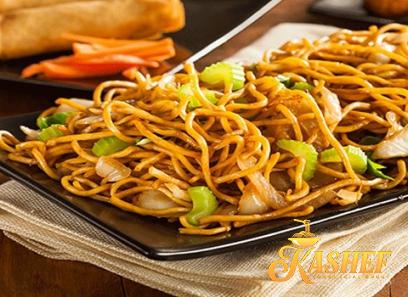
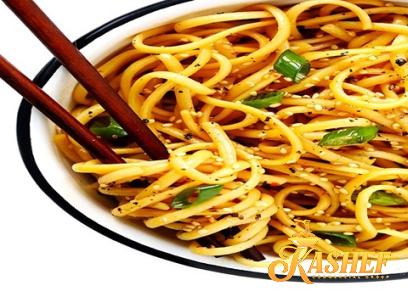
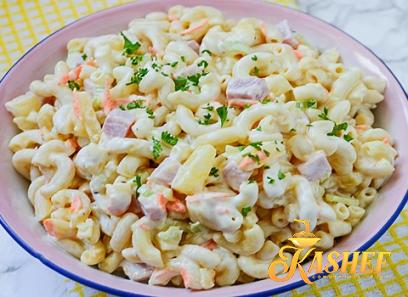


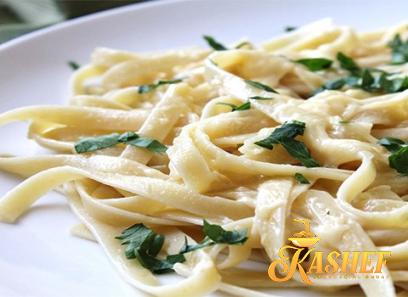

Your comment submitted.